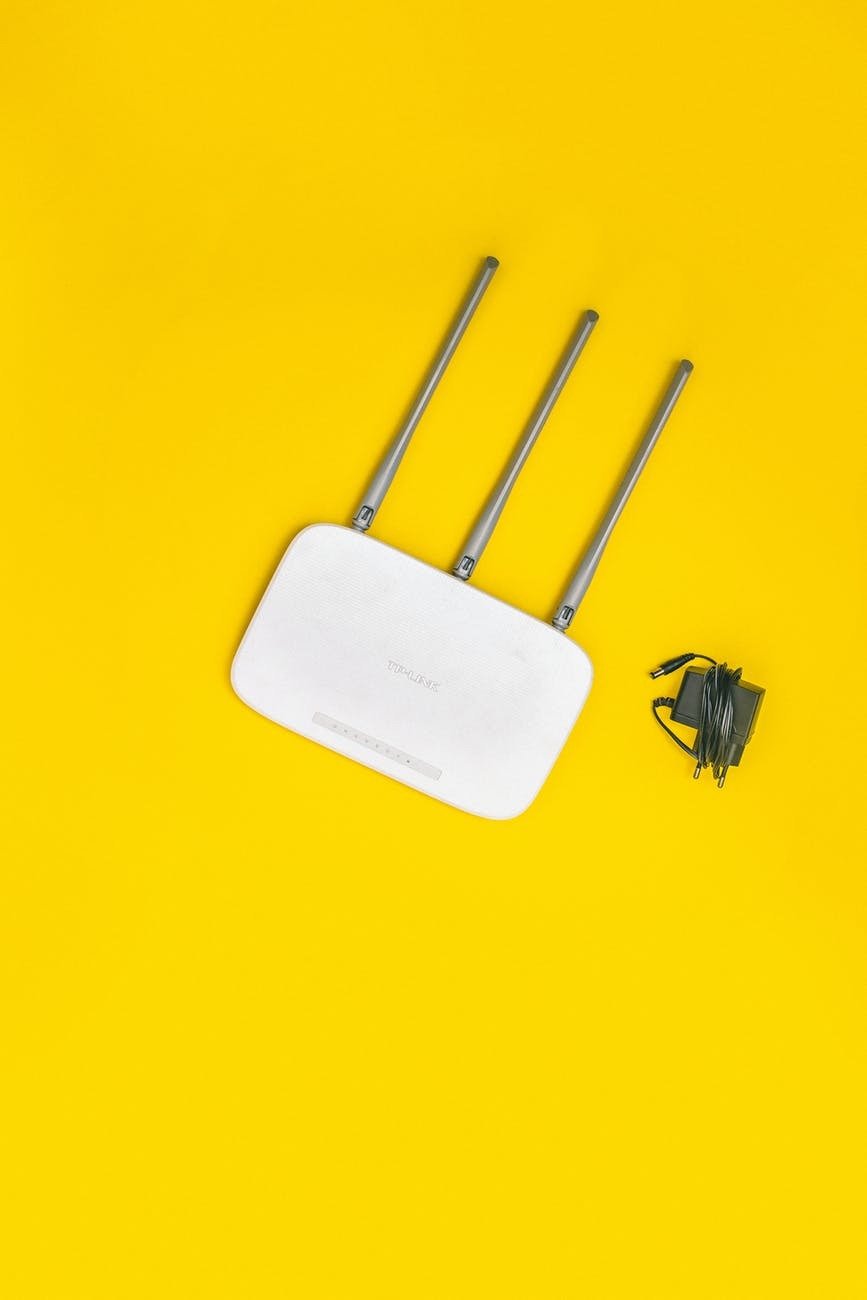Portable Signal Jammers

Portable signal jammers are devices that are primarily used by people in the security and military field to jam or interfere with radio frequencies. The use of these devices is widespread, but their real-world use is probably not as large as one might assume. It is important to understand the benefits and drawbacks of such a device before deciding whether it would be beneficial to you. This article will go into more depth on both advantages and disadvantages of using a handheld gamer, as well as how these factors may be applied to your own situation. For more info on portable signal jammers, please visit https://www.thesignaljammer.com/blog/what-is-a-wifi-jammer-and-why-you-might-need-one/.
Most portable signal jammers operate on batteries. The most common types use a triple A or triple C battery, though some advanced devices may operate using smaller rechargeable batteries, including the n-jam 140 jamming system. These devices generally require a minimum of an hour's charge time (which may be reduced if the area being monitored is particularly large) and will operate for several hours without a recharge. These devices may be set up to specifically monitor certain frequency ranges, such as military or police frequencies, or to monitor a large area with a rotating range of frequencies.
Some portable signal jammers have a module to automatically detect and jam the signals of problematic wireless transmission devices. This can be useful in blocking out the range of a particular type of bug or signal. Modular design, which allows the jamming system to be easily expanded should the need arise, is an important factor when it comes to this type of jamming system.
There are two common frequency bands that these devices commonly jam. These are the FCC (Federal Communication Commission) and N-Ham signal bands. Understanding the differences between the two will help you decide which of these types is most appropriate for your intended use. N-Ham is commonly used in commercial applications such as business, home and medical, whereas FBC operates for government purposes and is more often used in higher risk situations such as military operations. You can usually find FBC based jamming devices at places such as Radiology Associates, where you can also purchase additional equipment.
The most common size of sb-jammer in use is the handheld device, as this is the easiest to operate and to keep away from walls. There are larger models which are more suited for indoor or outdoor use. There is a particular advantage with the larger models that the antennas are much closer to the transmission tower and thus more likely to successfully pick up the jamming signals. In fact, the larger antennae may be positioned in such a way as to maximize the benefits of the FBC frequency bands by picking up the jamming signals along the tower path. This article helps you discover more about portable signal jammers.
Modular design has many advantages when it comes to so-jamming devices. It allows for easy expansion of the antennae necessary to meet increasing jamming requirements, which is important if your intended use is to cover a wider geographic area or to have more than one communications device. Modular design also means that the antennas do not need to be constructed separately and installed by technicians. Rather, the entire structure can be built into a single piece of equipment, which reduces installation time as well as labor costs. Lastly, the modular design tends to have fewer parts, which will decrease repair time.
When it comes down to it, the more things a device can do to improve its capabilities, the less time it will require to service and maintain it in a typical manner. Knowledge is power and so you would like to top up what you have learned in this article at: https://en.wikipedia.org/wiki/Wireless_LAN.
